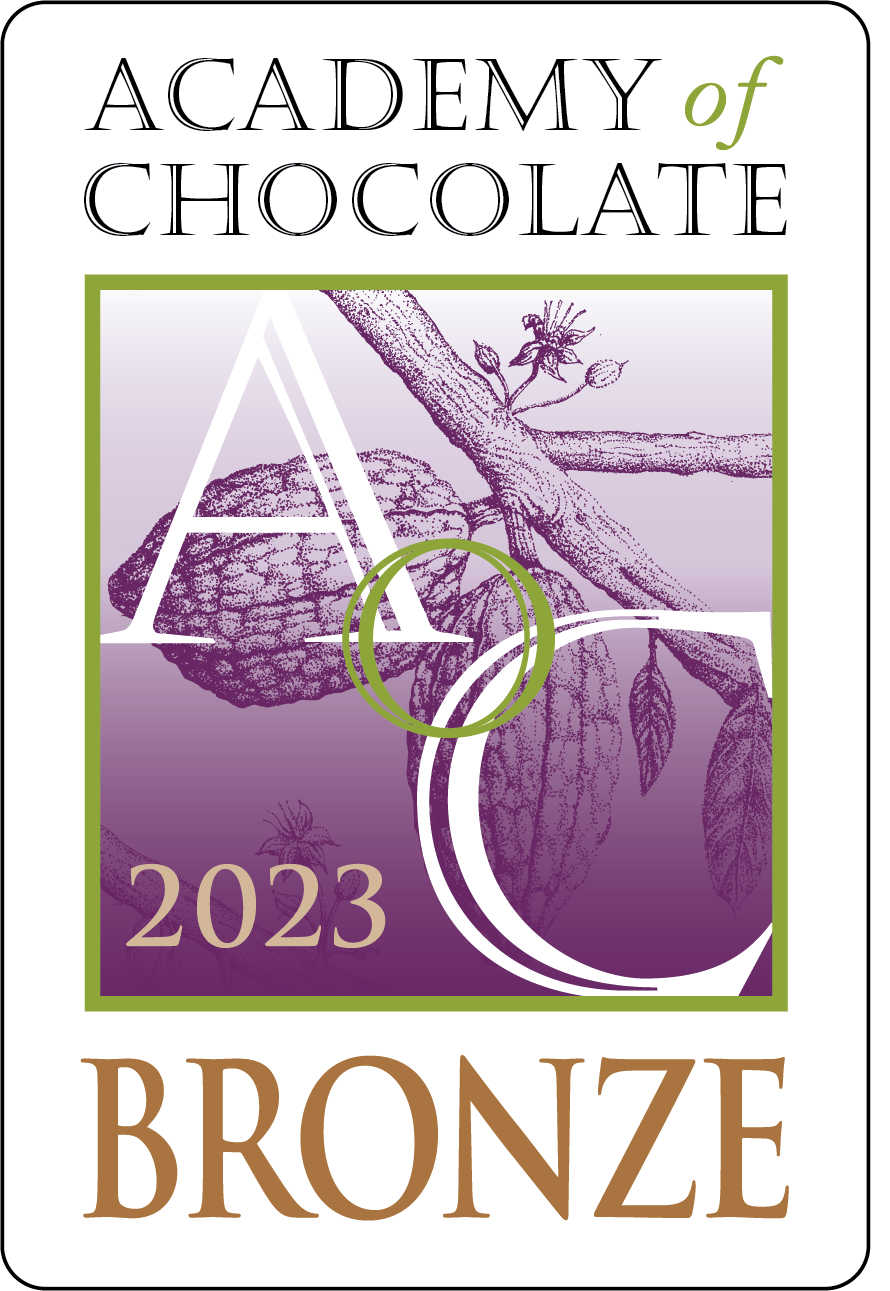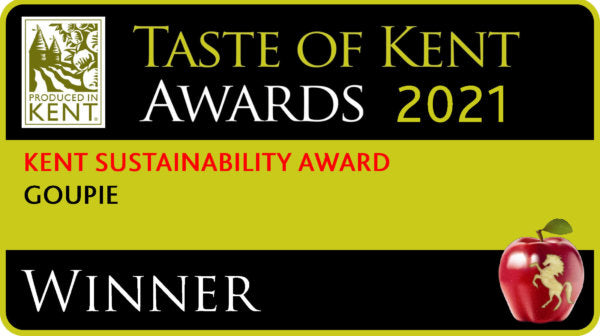Dates used to be a Goupie ingredient we used in only a few of our flavours, adding an extra gooey element and richness of flavour. But now it’s a component of all our dark chocolate Goupies, allowing us to reduce refined sugar quantities and adding much more goodness (including potassium, protein, and fiber). This historical food has been used for centuries for a huge variety of things, so we thought we’d continue our food history series and share a little of dates’ past.
Some sources state that the date palm (the tree on which dates grow) has been around for at least 50 million years with cultivation starting at around 7000BCE in Mehrgarh (a neolithic site in modern Pakistan). There’s also evidence of its use in Ancient Mesopotamia, Egypt, and Arabia as the luxury fruit was spread around the Arabain caravan trails by travellers (otherwise known as the Silk Road). The Arabs’ named this date palm, the Tree of Life (for those of you following the ingredients series, this makes a nice addition to our cocoa tree (Tree of the Gods)) due to its high richness in nutrients and ease of transportation.

The ancient Egyptians also made use of the natural sweetness of dates to produce date wine and ancient Hebrews used dates to create bread and cakes as well as vinegar and animal feed. They also used the wood of the palm to make utensils.
Ancient Romans used the fronds in celebratory processions and the plant was used predominantly for decorative reasons as the palms did not bear any fruit in Italy’s cooler climate. Eventually the date made its way around the world, with traders transporting the plants to Spain, northern Africa, and South West Asia, and into Mexico and California in the 18th century.
There are a huge number of date varieties grown throughout the Middle East that fall into three main cultivar groups – soft (such as the famously delicious Medjool date, and also Barhee, Halawy, and Khadrawy dates), semi-dry (such as the Iraqi Dayri, Algerian Deglet Nour, and Arabic Zahdi), and dry (such as the Thoory variety from Algeria). The type of category that dates are placed in depends on the levels of glucose, fructose, and sucrose found in them.

Colour, skin, and size also vary throughout the varieties with many having a dark skin (such as the Iranian Mazafati date), a pale yellow skin (such as the Saudi Arabian Sukkary variety), or a red/brown skin (such as Arabic Maktoom dates).
Most dates we buy are dried and come from the palm ‘Phoenix dactylifera’, although they can be eaten fresh, bought as a syrup or vinegar, or stuffed with a variety of things from nuts to cream cheese. These dates grow in massed bunches, similar to bananas on drooping ‘bracts’ yielding an average of 20kg of fruit!
Being predominantly cultivated in the Middle East dates were, and remain, a staple item, and signifying ingredient for many rituals and events (such as breaking the fast during Ramadan evening meals). Many traditional British desserts also use dates as a base, including Christmas pudding and the firm favourite sticky toffee pudding.
It’s really no wonder that we’ve chosen to use dates in Goupie, with such a rich history of luxury combined with natural goodness and simplicity. We’d say it’s one of the key ingredients in making our Goupie, distinctly, devilishly moreish.







